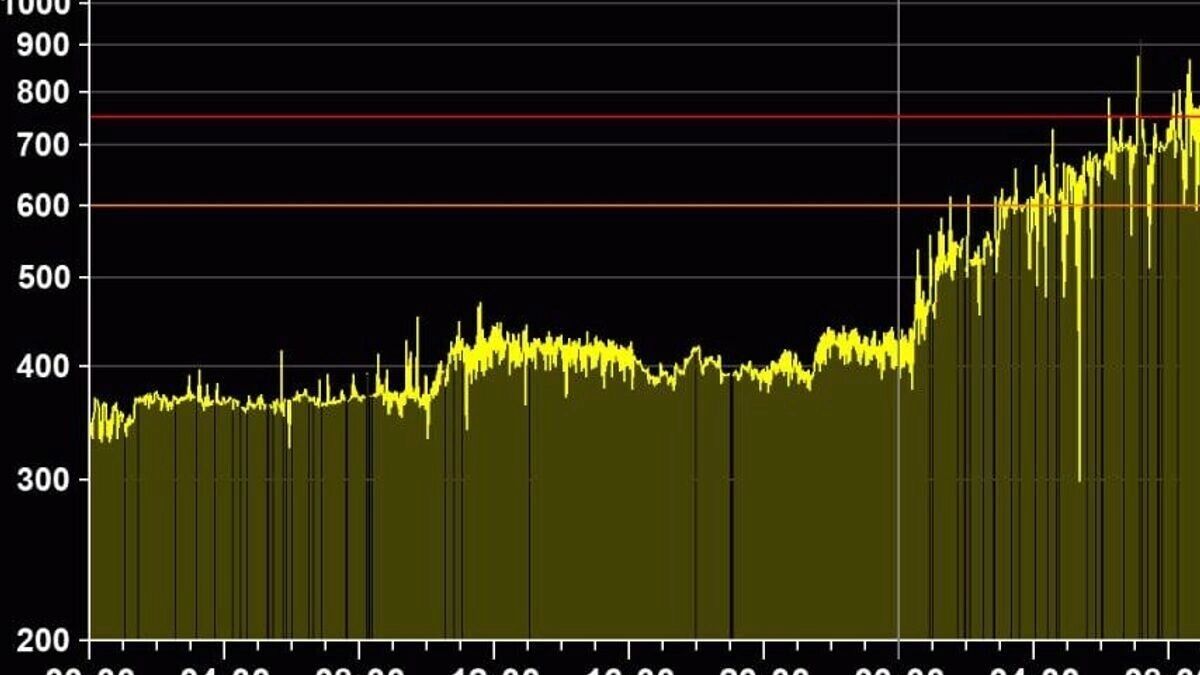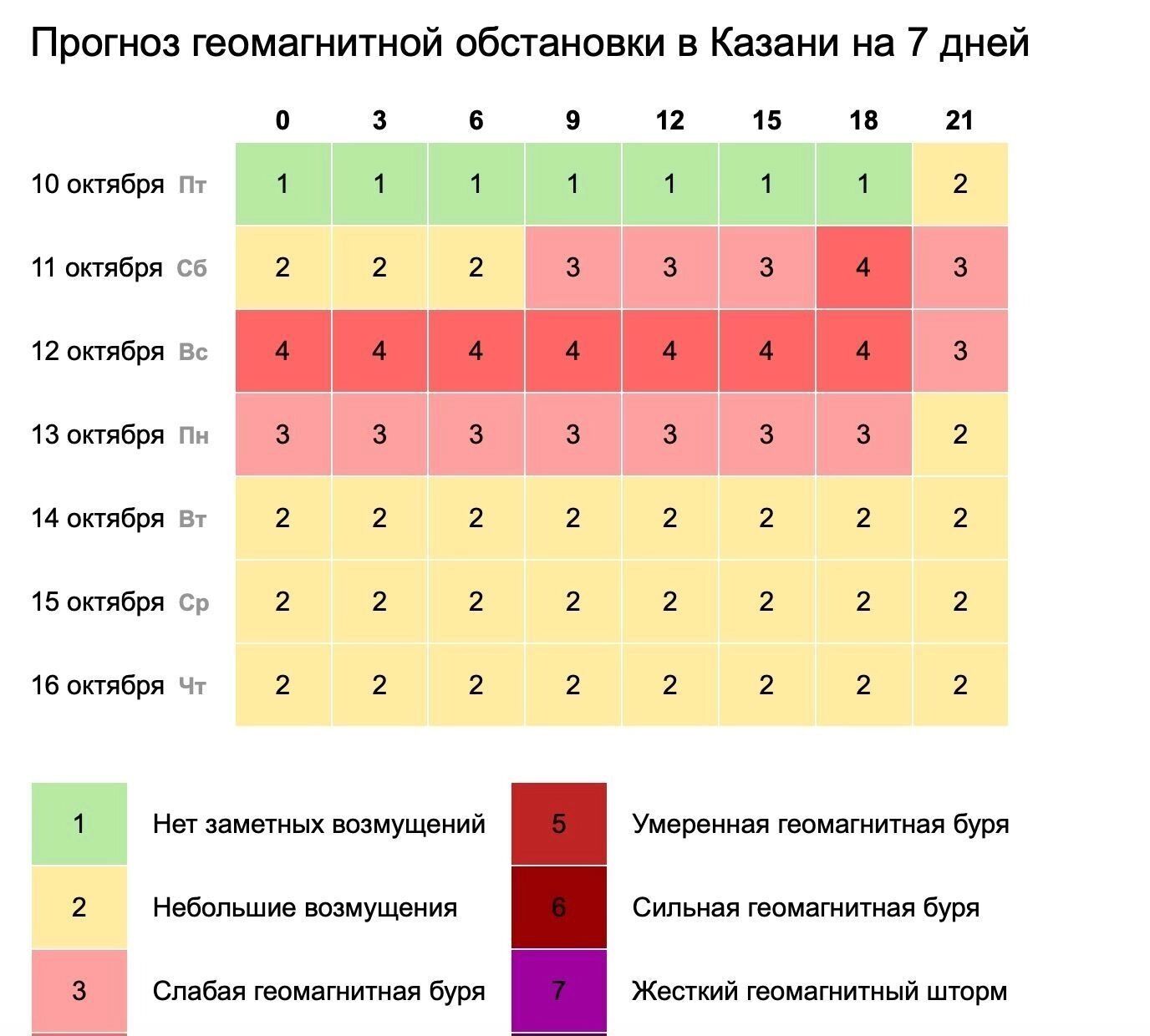Earth has come under the influence of solar wind caused by a coronal hole, despite previous forecasts suggesting this would only occur late Sunday evening.
Northern Lights
Two more warning publications are expected in the coming hours: one regarding the ongoing geomagnetic activity, and another concerning the possible appearance of northern lights over the central regions of the country tonight.
Specialists noted that the observed phenomenon turned out to be sudden, as preliminary calculations had suggested the arrival of solar material specifically during Sunday evening.

According to data, northern lights may appear in the central regions of the country closer to evening. This is related to Earth being affected by a plasma stream emanating from a coronal hole on the Sun.
Since the intensity of northern lights is determined by the level of solar activity, it is quite difficult to precisely determine observation dates. Nevertheless, if a solar flare was recorded, light effects in the night sky can be expected approximately two to three days later.
Specialized online services exist for tracking the probability of northern lights occurrence, including Aurora Hunters, Aurora Alerts, and My Aurora Forecast.
Magnetic Storms
Residents of Kazan and the entire Republic of Tatarstan can expect a minor geomagnetic storm beginning on Sunday, October 12.
The reason for such fluctuation is our planet entering the zone of influence of solar wind emanating from a coronal hole on the Sun’s surface. Despite the event’s moderate nature, even small magnetic storms can affect the condition of people sensitive to weather changes.

Doctors advise maintaining a regular daily routine, limiting physical and intellectual load, and paying close attention to one’s health. It is also important to eat properly, avoid overloading the body with food, increase fluid intake, and ensure adequate rest and sleep.
The republic is currently under the influence of a cyclone. Weather in Kazan and Tatarstan in the coming days will be characterized by precipitation and temperature fluctuations.





